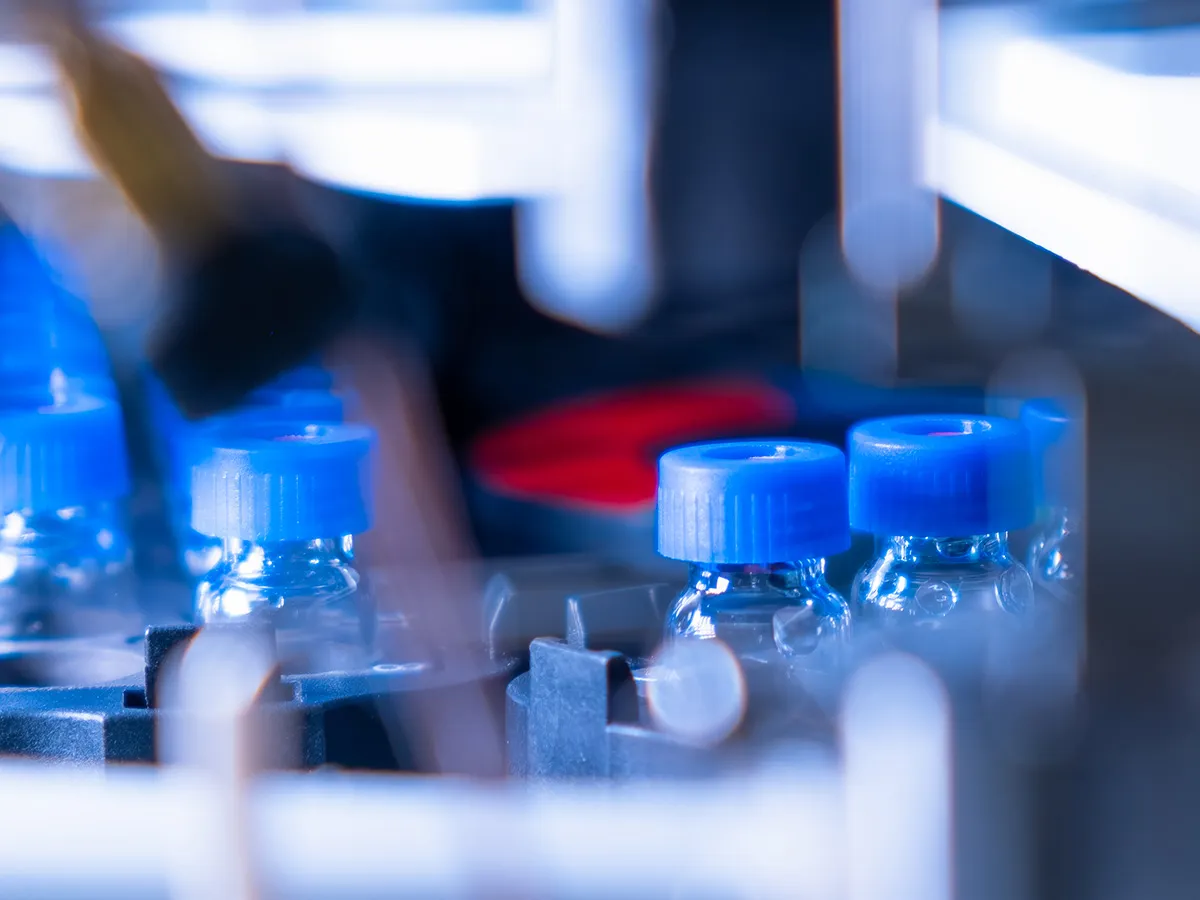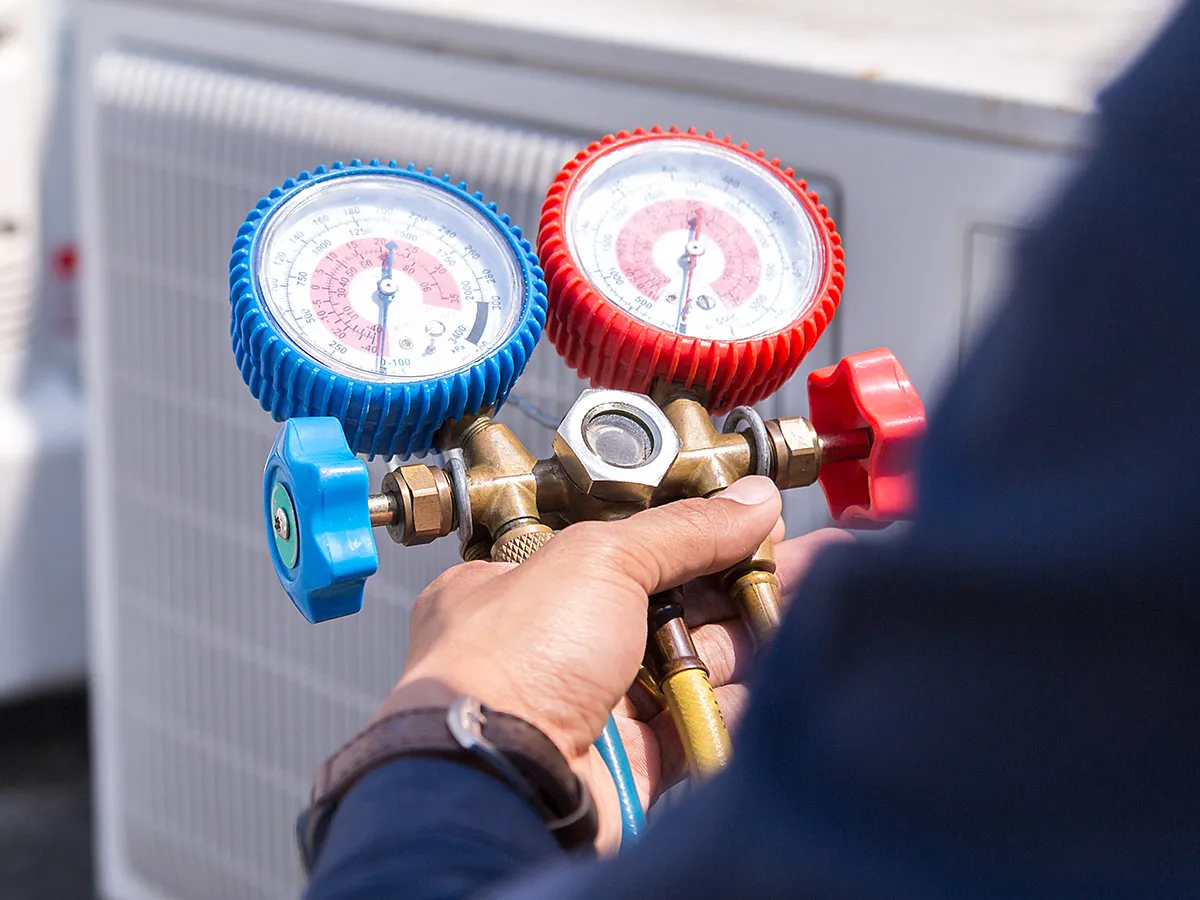The manufacturer must meet the demands of specific room criteria, including temperature and relative humidity necessary for safe and more efficient ways to package medications per Food and Drug Administration (FDA) regulations.
The newly installed HVAC unit simply could not keep up with providing sufficient dehumidification due to its constant cycling; the addition of the APR Control to the existing system enabled the space to remain in design specifications, most importantly within FDA compliance.
Project Objectives:
Lower the Excessively High Humidity
This Pharmaceutical Packaging Manufacturer was suffering from numerous out of compliance issues, causing production impediments resulting in numerous emergency service calls as a result. The space demands 100% outdoor air. Even with the equipment manufacturers advanced controls, the original system selected had only 2 compressors. That made it impossible to maintain tight space temperature and humidity requirements. The newly installed HVAC unit was constantly cycling. The short compressor runtimes pushed the facility out of spec for too long during periods of variable outdoor ambient conditions. At points during its operation the humidity levels within the facility reached upwards of 65% at a room temperature of 68°F!
Peterson Service Company* was contracted by the facility owner to help diagnose the ongoing humidity problem. Service Technician, Chris Budney, was tasked with finding an immediate and cost-effective solution for their interruptions in production caused by a lack of dehumidification without replacing the existing equipment.
Recognizing that existing proprietary controls could not give them the flexibility they needed, they opted to change the control system to a customizable, non-proprietary control system. While that showed improvement, it did not eliminate the original problem that was the lack of capacity modulation as demonstrated by the ongoing short cycling. Peterson Service considered and quickly dismissed all the usual solution options including installing electric reheat or modifying the unit to run gas heat while in the cooling mode. These options were dismissed due to equipment reliability, code restrictions, and overall performance issues. They were still left with the problem of high humidity.
Contractor/Service Tech’s Solution:
Install the APR Control to Eliminate Cycling
Chris Budney, a seasoned service technician at Peterson Service, decided to install the APR Control. Chris was familiar with the APR Control’s ability to provide capacity modulation allowing the system capacity to match the changing load of the outdoor air entering the evaporator. Peterson Service Company has been using the APR Control for almost two decades in labs, hospitals, cleanrooms, and far beyond. They were more than confident the APR Control, as provided by Rawal Devices, would solve this humidity issue having experienced success in similar scenarios with the APR previously.
The APR Control allowed for the rooms to remain within spec by reducing the relative humidity from 65% at 68°F to 45% relative humidity at 68°F! By modulating the capacity at the evaporator, based on entering outside air conditions, the APR Control virtually eliminates cycling and can continuously maintain the discharge air below the dew point requirements for the space. The Pharmaceutical Packaging Manufacturing Facility was satisfied with having a well operating system that kept them in compliance with the FDA and eliminating further service calls.
Installing the APR Control took about a days’ worth of labor, but it was straightforward and took no guesswork as a technician,” Budney stated. Rawal’s team of experts provide immediate and efficient over the phone application guidance, proper APR Control selection, and installation guidance. Detailed instructions are provided in the box with the APR Control. With the help of Rawal Devices Engineering and Technical support the installation was seamless. The ongoing saga of repeated service call backs and production delays due to humidity problems was solved by Chris and his team at Peterson Service Company thanks to the improved performance of the system with the APR Control.









